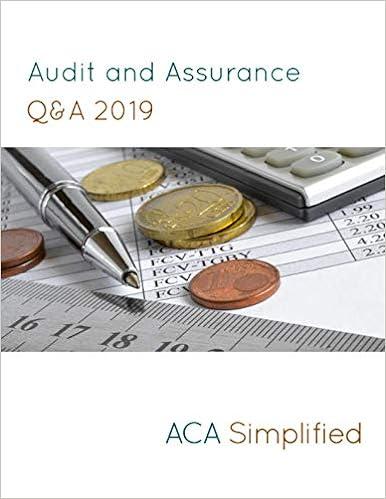Question
7. The costs of carrying inventory include all of the following except: * a- Ordering costs. b- Cost of warehouse space. c- Insurance and handling
7. The costs of carrying inventory include all of the following except: *
a- Ordering costs.
b- Cost of warehouse space.
c- Insurance and handling costs.
d- Interest on funds tied up in inventory.
e- None of the above.
8. Once the break-even point is reached: *
a- The contribution margin ratio begins to decrease.
b- The variable expenses will remain constant in total.
c- The total contribution margin changes from negative to positive.
d- The net operating income will increase by the unit contribution margin for each additional item sold.
e- None of the above.
9. Allocated common fixed costs: *
a- Are always incremental costs.
b- Can make a product line appear to be unprofitable.
c- Are always relevant in decisions involving dropping a product line.
d- All of the above.
e- None of the above.
10. If Company C has a higher degree of operating leverage than Company D, then: *
a- Company C is less risky.
b- Company C is more profitable.
c- Company C has higher variable expenses.
d- Company Cs profits are more sensitive to percentage changes in sales.
e- None of the above.
Step by Step Solution
There are 3 Steps involved in it
Step: 1

Get Instant Access to Expert-Tailored Solutions
See step-by-step solutions with expert insights and AI powered tools for academic success
Step: 2

Step: 3

Ace Your Homework with AI
Get the answers you need in no time with our AI-driven, step-by-step assistance
Get Started


